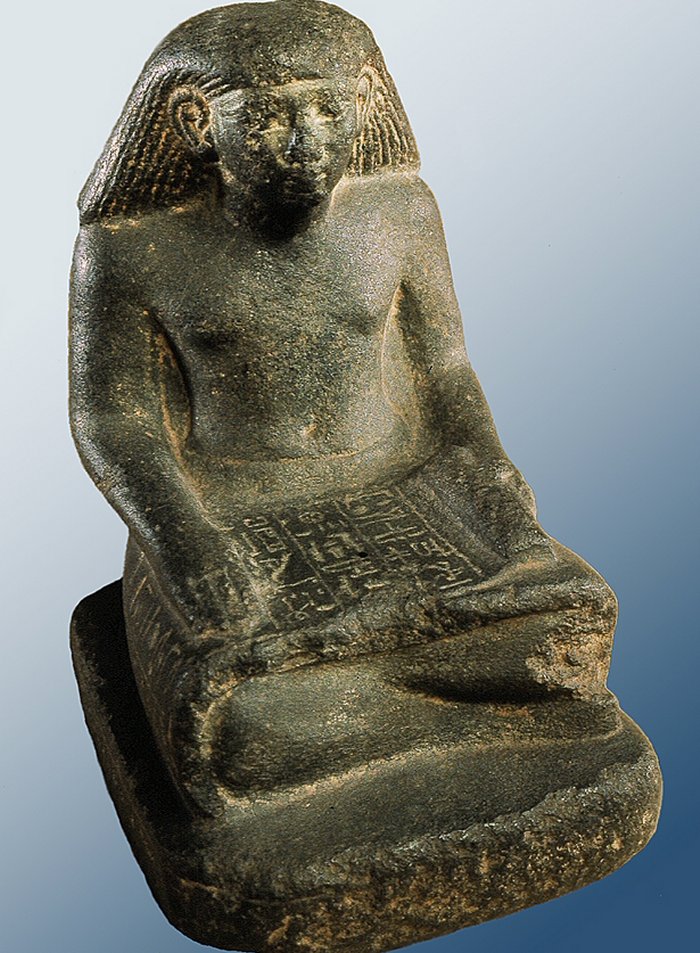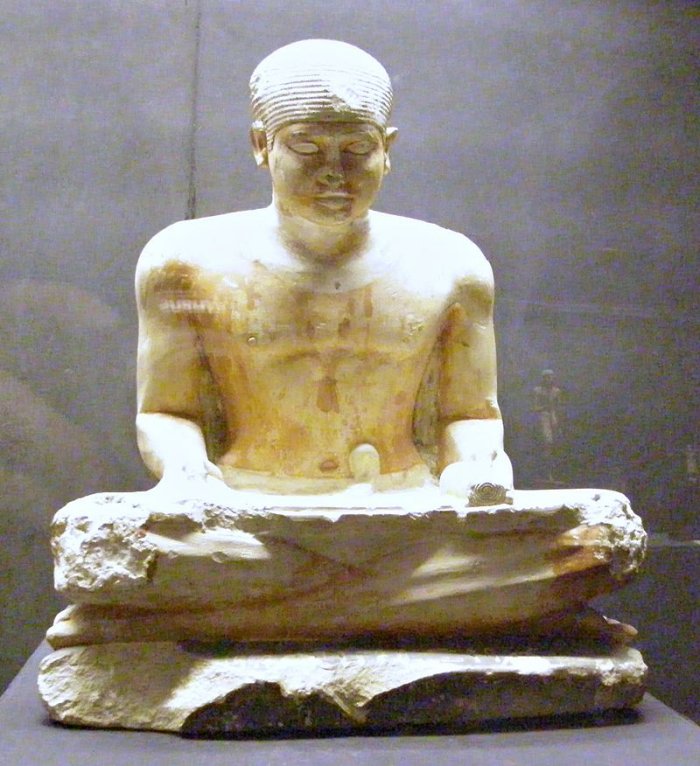Scribes: One Of The Noblest And Highly Recommended Professions In Ancient Egypt
A. Sutherland - AncientPages.com - Ancient Egypt did not have a public school system, so the average Egyptian could neither read nor write. It is estimated that less than one percent of Egyptians—at least during the Old Kingdom—were literate.
This early New Kingdom statue commemorates the scribe Minnakht ("Strength of Min") and demonstrates how ancient scribes read papyri – in a seated position on the floor with the text on their lap. Image credit: Walters Art Museum - Public Domain
Therefore, scribes were widely needed in the country. They represented the largest group of workers (after farmers), including thousands of officials, individuals hired to handle various accounts, official correspondence for large estates, and many freelancers.
Successful scribes never had to do manual labor as others, and society respected them widely.
Sources about ancient Egyptian scribes are known not only from tombs and depictions but also papyri, various seals, and graffiti.
The ancient site in Gebelein, known for its cemetery, has archeological finds stretching from the Predynastic Period to the Middle Kingdom, including a beautiful example of a scribe's wooden box containing lumps of black and red ink, papyri, reeds, and a mortar (dated to the fourth dynasty).
Much of what we know today about ancient Egypt comes from the country's scribes, some of the most valuable professionals who were educated in writing. This writing included hieroglyphics, hieratic scripts, and the demotic script (the first millennium BC), mainly used as shorthand for commerce and arithmetic.
Thoth was the god credited with the invention of writing by the ancient Egyptians. He was the scribe of the gods who kept knowledge of scientific and moral laws. Ancient Egyptian scribes and officials left for us, ordinary people, excellent knowledge about the country's political, administrative, and economic activities due to the records, books, and inscriptions.
Thanks to the scribes, various documents mentioned all of Egypt's social classes and representatives of other nationalities.
Not Everyone Could Become A Scribe
A particular school was needed for scribes to become scribes. You would learn how to read and write hieroglyphics and hieratic scripts at this school. Usually, according to family tradition, the children of scribes became scribes. They were brought up in the same scribal tradition, sent to school, and inherited their fathers' positions after entering the civil service.
Statue of a scribe of the 5th dynasty, Museum at the necropolis of Saqqara; Catalogue Generale no. 63; statue belonged to a person called Ptahshepses and was found in Saqqara mastaba C10; numbering according to Maspero. Image credit: Harald Gaertner - CC BY-SA 3.0
Also, the sons of higher officials, sometimes even farmers' children, and the sons of artisans could attend local temples for instructions in letters.
Long Hard Work And Much Studies To Become A Scribe
It was hard work that usually took four to five years to go through scribe school, where all scholars were male. The scribe needed writing reed brushes dipped in red and black ink for daily work.
Most often, a professional scribe wrote on papyrus. However, the scribes could not do papyrus exercises during the studies because they were costly materials.
Early in the morning, each scribe came to his work with a small basket containing some bread and beer and returned home late afternoon. The students had to confront and learn many complicated scripts, including various signs. At first, they spent plenty of time acquainting themselves with hieroglyphic symbols by repeatedly copying them onto old pottery fragments, limestone flakes, or wood boards with replaceable surfaces until they remembered them perfectly.
Black ink was used for the body of a text, and red to mark chapter headings or significant phrases.
Later, after learning all the necessary basics, the student could begin copying onto papyrus, and yet, the scribe's other skills were needed though they were not easily mastered.
In the "Daily Life of the Ancient Egyptians" by Bob Brier and A. Hoyt Hobbs, we read:
"In addition to hieroglyphs - the picture symbols we most often associate with Egyptian writing - a more cursive form called hieratic was employed for handwriting, and a more abbreviated version called demotic was used for quick notes. When all three symbol systems had been committed to memory, a pupil who showed aptitude could move to advanced courses in mathematics and basic building practices, both of which were taught through practical examples rather than abstraction rules..."
Once again, it is important to stress that these studies were complex and, first of all, very boring for many children.
Scribes Had Many Privileges
Despite difficulties in their studies, however, many students successfully graduated and could become professional scribes with many privileges. As a scribe, a young man could enjoy opportunities for advancement. Specific orders of Egyptian priests required scribal skills, as did the quartermaster corps of the army and many government jobs.
Scribes were considered part of the royal court, were not enrolled for compulsory military service, and did not pay taxes. They were also free from the heavy manual labor and worked with painters and artisans who decorated reliefs and other building works with scenes, prominent figures, or hieroglyphic text.
Egyptian scribes were also extremely busy copying books of the dead for thousands of customers interested in immortality. Such copies did not always represent good quality; many scrolls (incredibly different spells) were beautifully decorated with colored paintings. Others were brief with no illustrations, but people paid for them, and generally, all the scribes' customers were satisfied.
Written by – A. Sutherland - AncientPages.com Senior Staff Writer
Updated on June 27, 2024
Copyright © AncientPages.com All rights reserved. This material may not be published, broadcast, rewritten or redistributed in whole or part without the express written permission of AncientPages.com
Expand for referencesReferences:
Rawlinson G. "Ancient Egypt"
Williams, R. J. Scribal Training in Ancient Egypt
More From Ancient Pages
-
 Mystery Surrounds Newly Discovered Bronze Age Burial In Southwest England
Archaeology | May 21, 2018
Mystery Surrounds Newly Discovered Bronze Age Burial In Southwest England
Archaeology | May 21, 2018 -
 Cog Stones – Unusual Stone Discs Made By An Ancient Lost Civilization In California
Artifacts | Jan 4, 2018
Cog Stones – Unusual Stone Discs Made By An Ancient Lost Civilization In California
Artifacts | Jan 4, 2018 -
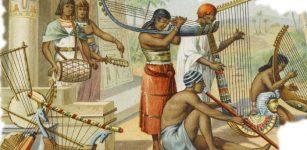 How Important Was Music In Ancient Egypt?
Ancient History Facts | Jan 16, 2021
How Important Was Music In Ancient Egypt?
Ancient History Facts | Jan 16, 2021 -
 Legendary Basilisk With Deadly Petrifying Stare – King Of The Serpents
Featured Stories | Dec 27, 2021
Legendary Basilisk With Deadly Petrifying Stare – King Of The Serpents
Featured Stories | Dec 27, 2021 -
 Starkad The Viking – Legendary Norse Hero Who Was Both Blessed And Cursed By Gods
Featured Stories | Jul 29, 2019
Starkad The Viking – Legendary Norse Hero Who Was Both Blessed And Cursed By Gods
Featured Stories | Jul 29, 2019 -
 Mummification In Europe May Be Older Than Previously Known – 8,000-Year-Old Evidence Presented
Archaeology | Mar 4, 2022
Mummification In Europe May Be Older Than Previously Known – 8,000-Year-Old Evidence Presented
Archaeology | Mar 4, 2022 -
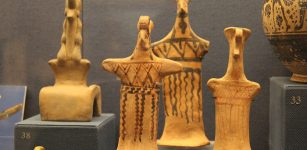 Mycenaean Culture Used Lignite For Their Kilns 3,000 Years Ago – Surprising Discovery Reveals
Archaeology | Jan 25, 2022
Mycenaean Culture Used Lignite For Their Kilns 3,000 Years Ago – Surprising Discovery Reveals
Archaeology | Jan 25, 2022 -
 Why Were Egyptian Pyramids Built Along Long-Lost Ahramat Branch Of The Nile?
Archaeology | May 16, 2024
Why Were Egyptian Pyramids Built Along Long-Lost Ahramat Branch Of The Nile?
Archaeology | May 16, 2024 -
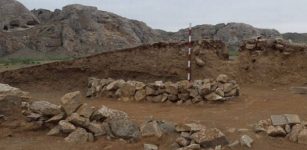 ‘Sophisticated’ 4,000-Year-Old Steppe Pyramid Discovered In Kazakhstan
Archaeology | Aug 12, 2023
‘Sophisticated’ 4,000-Year-Old Steppe Pyramid Discovered In Kazakhstan
Archaeology | Aug 12, 2023 -
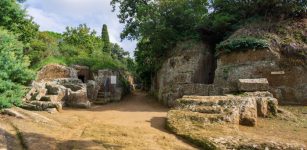 Etruscan City Of Cerveteri With Magnificent House-Like Tombs Decorated With Scenes From Life And Death
Featured Stories | May 17, 2022
Etruscan City Of Cerveteri With Magnificent House-Like Tombs Decorated With Scenes From Life And Death
Featured Stories | May 17, 2022 -
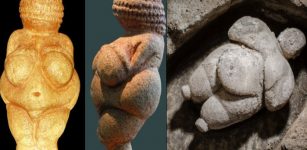 ‘Venus of Willendorf’: New Theory On ‘Venus’ Figurines – Proposed
Artifacts | Dec 1, 2020
‘Venus of Willendorf’: New Theory On ‘Venus’ Figurines – Proposed
Artifacts | Dec 1, 2020 -
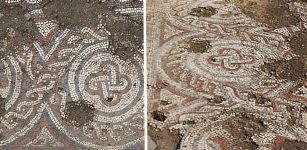 First 5th Century Mosaic Found Near Cirencester Once The Second-Largest Roman-British Town In England
Archaeology | Dec 16, 2020
First 5th Century Mosaic Found Near Cirencester Once The Second-Largest Roman-British Town In England
Archaeology | Dec 16, 2020 -
 Hesperides – Greek Nymphs Who Guarded Fabled Garden With Divine Apples Of Immortality
Featured Stories | Jun 4, 2020
Hesperides – Greek Nymphs Who Guarded Fabled Garden With Divine Apples Of Immortality
Featured Stories | Jun 4, 2020 -
 Undeciphered Ancient Symbols On Boulders In Pennsylvania And New England Could Be An Ancient Diary Of Forgotten Civilizations And Events
Featured Stories | Jul 4, 2024
Undeciphered Ancient Symbols On Boulders In Pennsylvania And New England Could Be An Ancient Diary Of Forgotten Civilizations And Events
Featured Stories | Jul 4, 2024 -
 ‘Collata Quipu’ May Explain Messages Hidden In Mysterious Writing Of Inca
Archaeology | May 10, 2017
‘Collata Quipu’ May Explain Messages Hidden In Mysterious Writing Of Inca
Archaeology | May 10, 2017 -
 Mysterious Inca Citadel With Platforms, Passages And Walls Discovered In Peru’s Rainforest
Archaeology | Oct 15, 2017
Mysterious Inca Citadel With Platforms, Passages And Walls Discovered In Peru’s Rainforest
Archaeology | Oct 15, 2017 -
 Sanctuary Of Amarysia Artemis, Amarynthos – New Valuable Finds By Greek-Swiss Team
Archaeology | Sep 26, 2022
Sanctuary Of Amarysia Artemis, Amarynthos – New Valuable Finds By Greek-Swiss Team
Archaeology | Sep 26, 2022 -
 Ancient Societies Ruled By Ruthless Dictators – Collapsed
Civilizations | Oct 18, 2020
Ancient Societies Ruled By Ruthless Dictators – Collapsed
Civilizations | Oct 18, 2020 -
 Baby God Hermes Started His Life As A Liar And Trickster
Featured Stories | Dec 25, 2020
Baby God Hermes Started His Life As A Liar And Trickster
Featured Stories | Dec 25, 2020 -
 Secrets Of Quipu – Ancient Inca Message Decoded By Student
Archaeology | Dec 27, 2017
Secrets Of Quipu – Ancient Inca Message Decoded By Student
Archaeology | Dec 27, 2017

